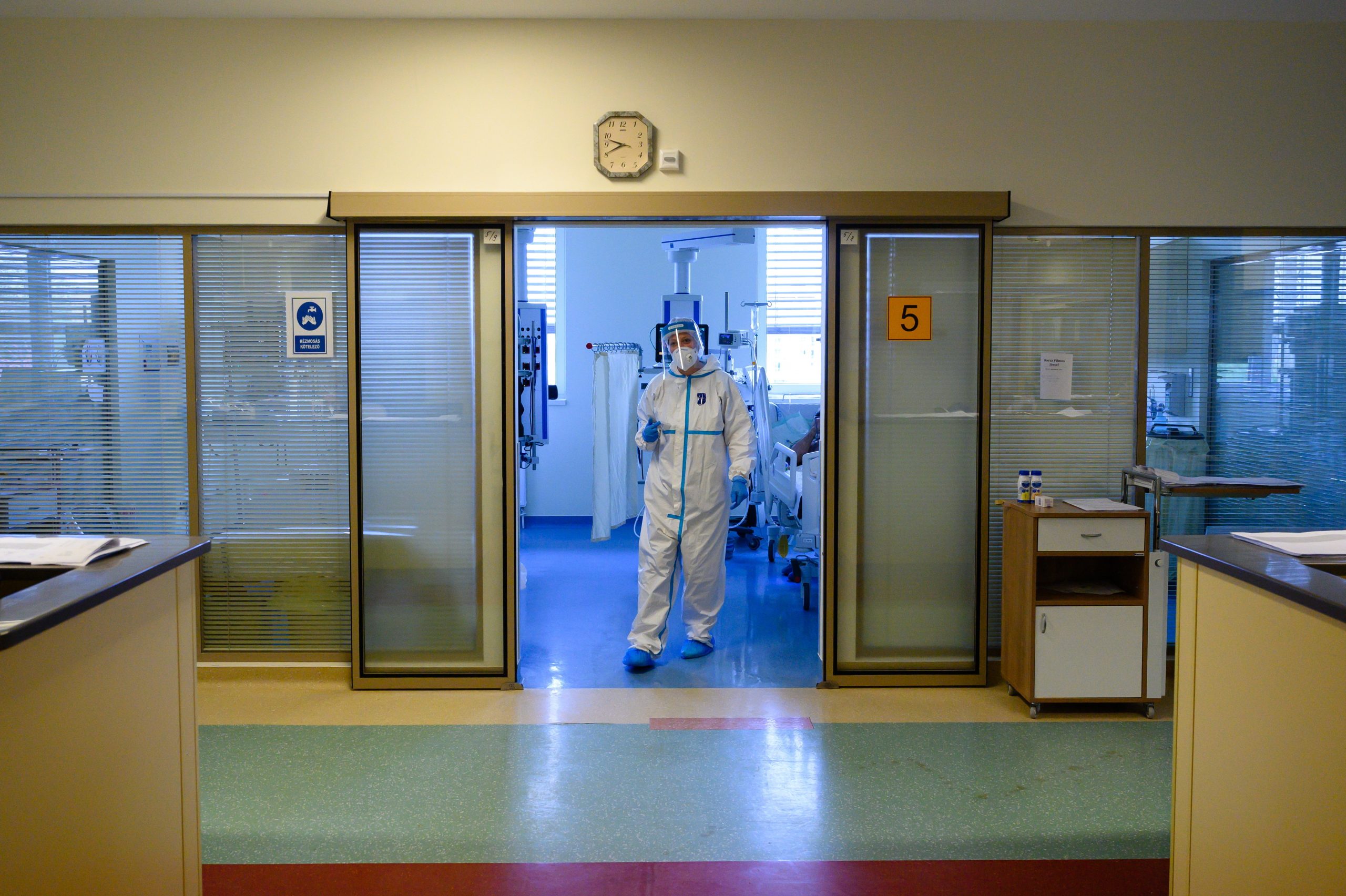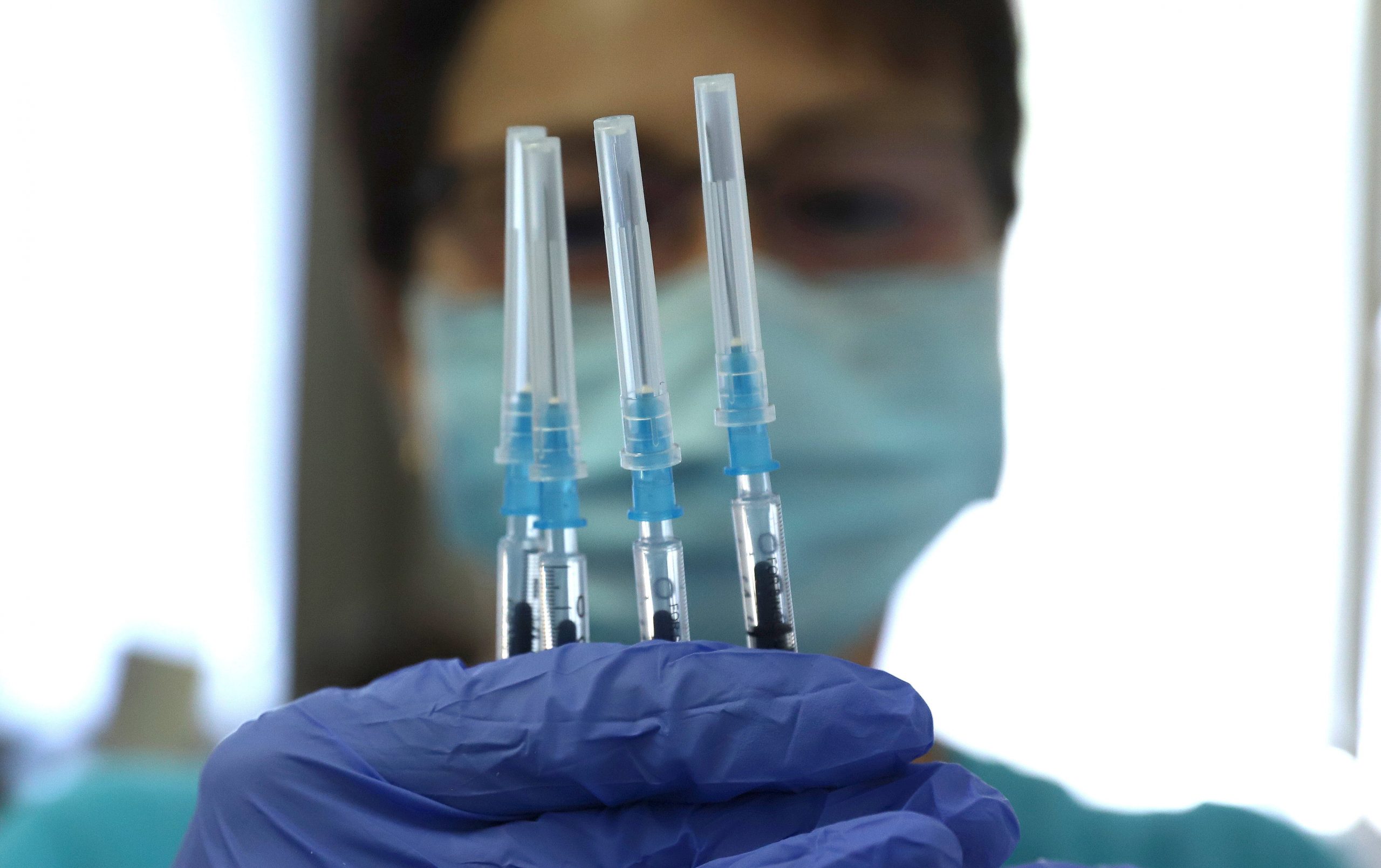
Last week, the number of new coronavirus cases recorded in a week rose again to over a thousand which is a 79% increase compared to the previous period.Continue reading

News site 444.hu has published a new detailed data table showing the percentage of Hungarians vaccinated against the coronavirus who got infected, were hospitalized, or died. The data shows that vaccines are less effective in older people, multiple shots are important for most vaccines, and to wait until immunity develops.
On July 18th, a reader of news site 444.hu submitted a request for data of public interest to the National Directorate-General for Hospitals. The individual wanted to know how effective vaccines were at least 21 days after their first and second doses were administered, how many of the people who were inoculated got infected by Covid, were hospitalized, or died. The response from the authorities came on August 31st and the disclosed statistics even contained a breakdown according to age. Although it is an important factor, this was the first time such data was made public. Unfortunately, the set of data does not specify any kind of timeframe relating to the statistics.
For this reason, the only way to determine which days the data refers to is to look at the total number of people vaccinated. However, the number of people with first and second doses does not appear to show the same day. The total number of people vaccinated with at least one dose of a COVID-19 vaccine is 5,593,891 on the data table. According to the official government portal, this was the case on July 25th. However, there’s also a figure for the number of people vaccinated with two doses: 5,315,933. This figure was released on July 20th. This makes drawing a completely reliable conclusion practically impossible.
Despite this, there are several important pieces of information that can be gathered from the statistics.
For example, it seems certain that all of the vaccines are somewhat less effective in older people. The data also shows that after at least three weeks have passed after the first vaccination:
The second vaccination gave even stronger protection. Again, at least three weeks after the second dose of a vaccine:
In other words, only 30 out of every million people who had both vaccines, died.
It’s quite clear that the second vaccination improves the effectiveness of the first dose. This is most striking for China’s Sinopharm vaccine. That is why the government’s decision in the spring to issue immunity cards only eight days after the first vaccination allowing people to go to restaurants, cinemas, and theaters was upheld while the third wave was still ongoing, the portal writes.
It is more difficult to compare vaccines individually because they were used in different quantities and those vaccinated with them are of different ages and health conditions.
In the case of Janssen, only 17% of those vaccinated were over 60 years old.
For those vaccinated twice, the infection rate for each type after 21 days was as follows:
Janssen is a single-dose vaccine, at 0.006 percent after the 21st day after inoculation.
New set of data contradicts previous one from April
The Hungarian government published a controversial table in April which broke down the number of infections and deaths after secondary inoculations with the vaccines currently in use in Hungary.
The figures have led to the conclusion that Sputnik V is the most effective vaccine in use while Pfizer performs the worst. However, it was the subject of professional criticism, both for the inherently difficult-to-interpret data and the way in which the data was presented. The table ignored multiple conditions that would level the playing field of its variables, and allow for the valid comparison of vaccine types.
The new and more detailed data series conflicts with previous government information in several respects. The difference is probably due to the fact that only those who died at least 21 days after the second dose are included in the recent data set. This is also more accurate, as vaccines do not develop immunity overnight.
Featured photo ilustration by Péter Lehoczky/MTI